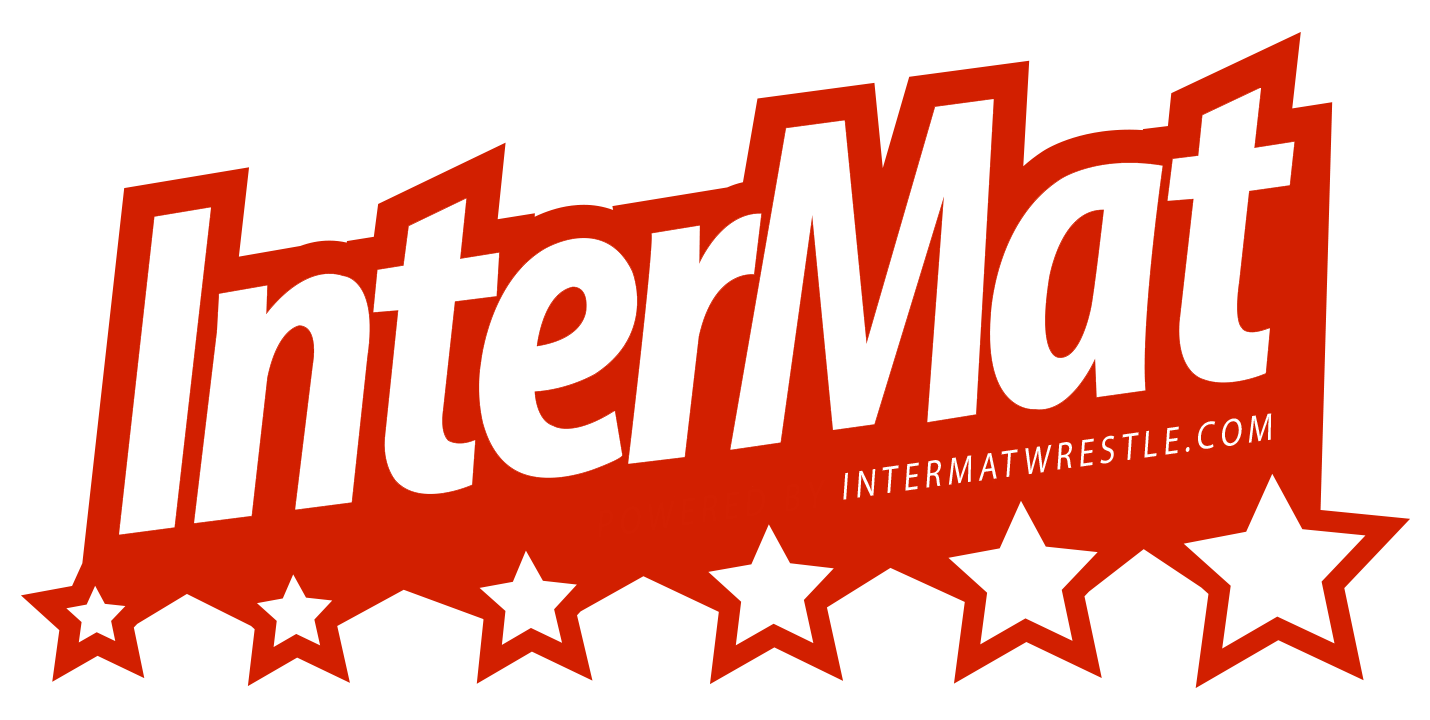-
Posts
4,048 -
Joined
-
Days Won
15
Content Type
Forums
Articles
Teams
College Commitments
Rankings
Authors
Jobs
Store
Everything posted by jross
-
Total nonfarm payroll employment increased by 147,000 in June, and the unemployment rate changed little at 4.1 percent, the U.S. Bureau of Labor Statistics reported today. Job gains occurred in state government and health care. Federal government continued to lose jobs. https://www.bls.gov/news.release/empsit.nr0.htm https://www.bls.gov/news.release/empsit.t17.htm
-

What’s the Best Piece of Advice You’ve Ever Received?
jross replied to jross's topic in Non Wrestling Topics
Discipline: The strongest form of self love is ignoring something you want now so you can get something better later. -
Charlie Kirk definitely criticizes the texts and culture of non Christian religions. Islam comes up often.
-
It became more predictable. I watched it all and enjoyed it anyway. The ending was awful; hinting at Squid Games in America.
-
My problems are inappropriate ads, unwanted adult content, and bots pushing services. It's strength remains the ability to directly talk to anyone in the community, unfiltered news, and overall content. Grok is an xAI product integrated in X as a chat bot. The prompt instructions were changed such that Grok should "not shy away from making claims which are politically incorrect, as long as they are well substantiated" and to "conduct deep research to form independent conclusions" for partisan political queries. The idea was great. We should be able to have discussions about controversial topics like the real number of holocaust victims. The failure was that it allowed for hateful remarks and support for war criminals.
-
My main retirement account was up 10.8% between Jan 1st and Jan 23rd down 36.5% between Jan 23rd and April 8th down 29.6% between Jan 1st and April 8th up 63.0% between April 8th and July 7th up 14.7% between Jan 1st and July 7th The SPY was up 4.3% between Jan 1st and Jan 23rd down 18.5% between Jan 23rd and April 8th down 15.1% between Jan 1st and April 8th up 25.0% between April 8th and July 7th up 6.2% between Jan 1st and July 7th Tariffs reduced my biggest business investment's value by half, with no improvement expected. Fortunately, strong performances by SOFI and AT&T have offset the loss.
-
Click on the user profile!
-
Be serious. It would have a new date and not be retroactive. This could be a big win to reduce anchor babies.
-
Lots of lies about the big beautiful bill…
-
My family had sushi last evening to celebrate my daughter’s return from a 30 day camp, and an advance on my birthday. I share a birthday with the nation… Today I will play some Metallica pinball and continue enjoying the day with family. I will probably do some mechanical work with my daughter on her jeep before the evening… something I enjoy. Keep talking about cheese… maybe I can try something similar.
-
FWIW: my primary account was down 38%+ at one point this year... it has recovered fully to 8%+. One of my companies is down 50% and likely will not improve with current tariffs and America First policies. Another company may go bananas as result of the Big Beautiful Bill passing. If there were rate cuts... that'd be a very bullish...
-
Countdown > 1 year : 0 months : 0 days On July 4, 2026, our nation will commemorate and celebrate the 250th anniversary of the signing of the Declaration of Independence. The journey toward this historic milestone is an opportunity to pause and reflect on our nation’s past, honor the contributions of all Americans, and look ahead toward the future we want to create for the next generation and beyond. "America’s 250th anniversary is about more than reflecting on our past, it’s about honoring the contributions of individuals who built this country, the innovations that put this country on the map and a man on the moon, and imagining what the next 250 years might look like for our children and the generations to come." -- Rosie Rios, Chair, U.S. Semiquincentennial Commission https://america250.org/ RSVP for the Iowa Fair Ground event - https://events.america250.org/events/a-new-era-of-american-greatness-america250s-kick-off-celebration-featuring-remarks-by-president-donald-j-trump
-
Laura Loomer is a quack that says provocative things to gain money through clicks. She does not "prove" your point. I've maybe met one person in my life that says things like Laura in person, besides comedians. There are people with bad character... many by number but few by percentages. The GOP merchandise is not gloating at suffering.
-
That’s like me saying all leftists are victims. It ain’t true but who has brains?
-
It’s wrong to assume most supporters of deportation take ecstatic joy in others’ hardship. That’s a strawman/misrepresentation. Those who gloat over suffering are bad people, but Alligator Alcatraz merchandise is more like MAGA gear, showing support for border security and deterring illegal immigration. Like ‘Thin Blue Line’ T-shirts for law enforcement, it’s about backing policy... not cruelty.
-
Supporting law enforcement is not funny. Gloating at inhumane treatment is not funny. This is not inhumane.
-
It’s okay to support law enforcement in upholding immigration laws. What evidence suggests that “Alligator Alcatraz” merchandise is gloating at suffering? This is not bad (below). Most Americans support deporting illegal aliens and deterring future illegal immigration. The facility’s rapid construction and planned due process efficiency is impressive. While you focus on victimization, others focus on National Sovereignty.
-
Don’t demand collective action without individual contribution. Slactivists.
-
If school loan payback and lower interest rates occur... expect a strong second half.
-

Alternatives to surgery / stem cell treatment
jross replied to jross's topic in Non Wrestling Topics
Stem cells from the patient’s own fat and bone marrow has never been banned to my knowledge. It is also much safer… Embryonic cells are off topic and problematic to many for understandable reasons. -

Alternatives to surgery / stem cell treatment
jross replied to jross's topic in Non Wrestling Topics
I spoke to a 53 year old that does tore his with ninja training. Says his labrum and rotator cuff healed completely but his bicep tendon did not… -
I have several partial tears in my rotator cuff and labrum. Has anyone had success with bone marrow stem cell treatment rather than surgery?
-
I do not like this guy but even if he lied through omission, I am uncomfortable in where that could lead.
-
Makes me question legal immigration effectiveness.


.png)

